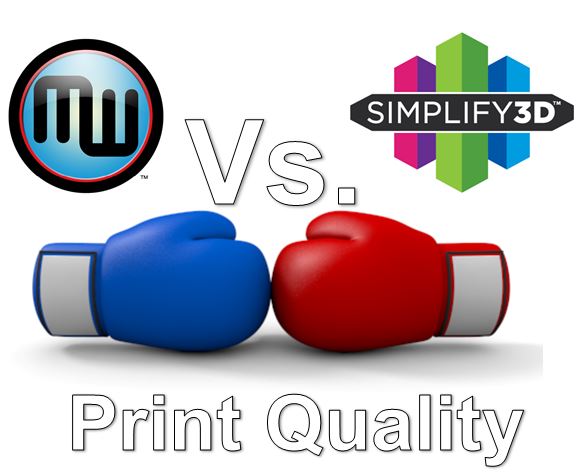Polyethylene Terephthalate (PET)
Brief Introduction and History: Polyethylene Terephthalate, commonly known as PET, is a versatile thermoplastic polymer that has gained significant popularity in the realm of 3D printing. Initially developed in the mid-20th century, PET was first recognized for its use in synthetic fibers and plastic bottles. In recent years, it has emerged as an essential material for additive manufacturing due to its favorable mechanical properties and ease of use.
Material Composition: PET is composed of repeating ethylene terephthalate units, derived from ethylene glycol and terephthalic acid, which undergo polymerization to form the polymer chain. Through a process called extrusion, PET is transformed into filament form, making it suitable for 3D printing applications.
Uses: PET is widely utilized in the production of various functional and aesthetic objects, including prototypes, mechanical parts, packaging materials, and consumer products such as phone cases and 3D printed jewelry.
Best Fit Use: The most suitable application for PET is in the manufacturing of prototypes, packaging components, and functional parts, where durability and cost-effectiveness are paramount.
Detailed Example of Specific Use 1: One primary application of PET in 3D printing is the creation of custom-designed packaging for delicate electronic devices, ensuring secure transportation while minimizing material waste.
Detailed Example of Specific Use 2: Another significant use of PET is in the development of complex mechanical parts with intricate geometries, highlighting its versatility and precision in additive manufacturing processes.
Difference Between Basic and Advanced Forms: Advanced forms of PET, such as PETG (Polyethylene Terephthalate Glycol) and PETE (Polyethylene Terephthalate Ethylene), offer enhanced impact resistance, flexibility, and transparency compared to standard PET, expanding its application potential in various industries.
Benefits: The advantages of using PET in 3D printing include its high strength-to-weight ratio, chemical resistance, and recyclability, making it an eco-friendly choice for sustainable manufacturing processes.
Drawbacks: While PET exhibits excellent mechanical properties, it may have limitations in terms of heat resistance and warping during printing, requiring careful consideration of printing parameters and environmental conditions.
Overall Rating for Daily Use: With its balance of strength, affordability, and recyclability, PET earns a commendable rating for daily use, catering to both hobbyist and professional 3D printing endeavors.
Future Developments: Ongoing research in PET-based composites and reinforced formulations holds promise for enhancing its thermal stability and expanding its suitability for demanding industrial applications, signaling exciting prospects for the future of PET in 3D printing.






